Motion Planning Engineer
You are responsible for planning the movements that the exoskeleton executes and you work on creating and improving these gaits.
The Motion Planning Engineer is responsible for the gaits (walking patterns) of the exoskeleton. You design how the exoskeleton reacts and adapts to the environment, and you ensure that the movements are as efficient as possible and comfortable to execute for the pilot. You make sure the exoskeleton can traverse unknown obstacles while taking into account the balance required to execute this motion.
What you will do as Motion Planning Engineer
As Motion Planning Engineer, you design the gaits of the exoskeleton from a software point of view. To design gaits you will have a lot of freedom in your approach, from manual tuning the gaits (in a multibody dynamics simulation) to elaborating machine learning tools, you decide what will be the best approach to find suitable gaits. Doing this alone is infeasible, therefore you will work closely together with the other members of the Software department.
One possible issue that the motion planner runs into is that the walking patterns are limited by the design of the exoskeleton, for example by the range of motion of the joints. To resolve such an issue you work together with a lot of other departments. Together with the Human Engineer, for example, you make sure to implement specific pilot data into the gaits to find a perfect personalized gait!
You recognize yourself in
You have a strong interest in the technicalities behind bipedal locomotion.
You have an affinity for programming and have some experience with either Python or C++.
You have a go-getter mentality and are not afraid of challenges.
You are efficient in finding possible issues of algorithms and creative in drafting suitable solutions.
You want to become (even) better at
Working on high quality software for long-term future use.
Understanding the complex systems behind robot locomotion, motion planning and balance.
Tackling challenging problems.
Working effectively and flexibly in a team with many diverse tasks.
Collaborating with peer engineers efficiently to find the best solution.
Working independently within a team, setting your own deadlines while taking into account many others.
You get in return
Technical and personal skills.
Experience in working together in a large multi-disciplinary team.
The space to make mistakes and learn from them.
A year full of unforgettable memories and new friends.

